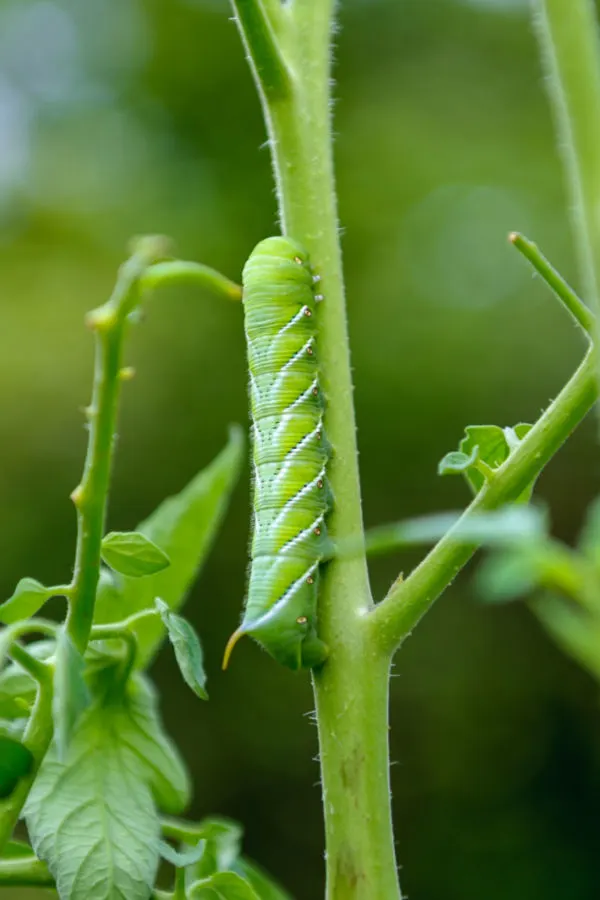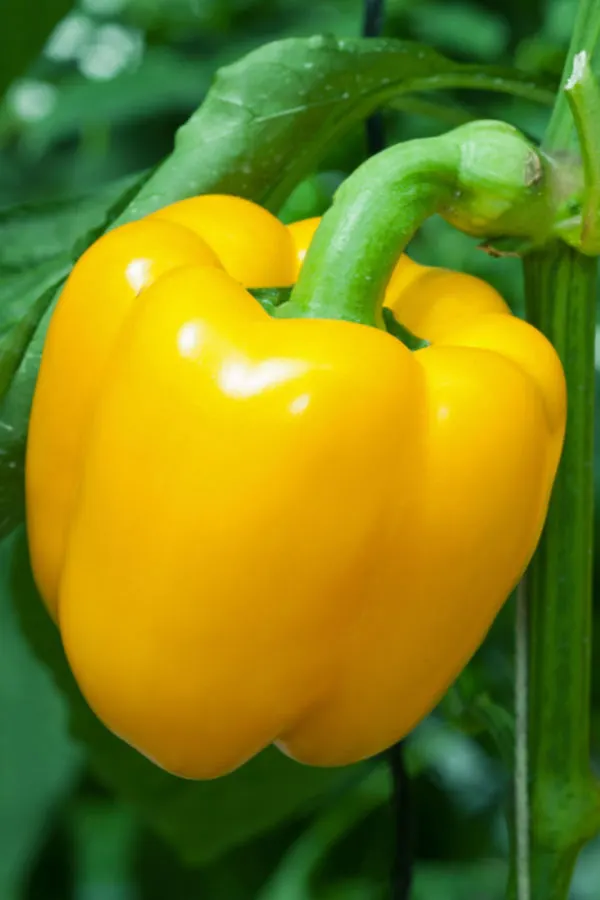One of the most simple and natural ways to grow healthier, more productive plants in your vegetable garden is by using the basic principals of companion planting.
So what is companion planting? In a nutshell, it’s all about relationships. As in how one or more plant varieties react with other plant types that grow in close proximity.
The simple fact is, what you grow where in your garden matters! In fact, in many cases it can have a huge impact on another plant’s health and yields. And most importantly of all, it’s important to realize the impact can be positive or negative depending on the plant types involved.
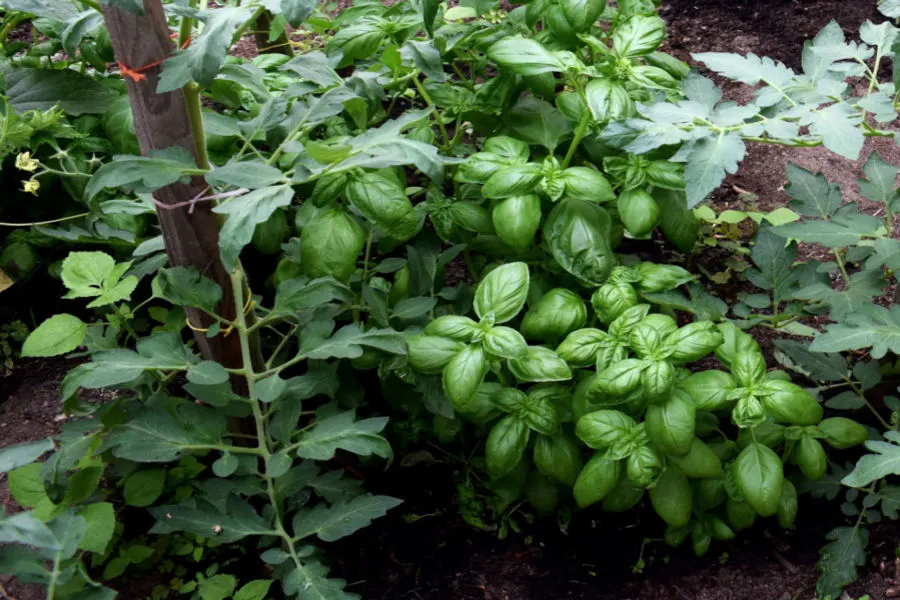
The Positive Side Of Companion Planting
When it comes to beneficial relationships between varieties, there are many ways plants can help one another. Some companion plants help to deter and drive away pests that bother other plants.
A great great example of this is with the dreaded hornworm. Hornworms love to devour tomato and pepper plants. But they happen to despise basil. So when you plant basil with or near your tomatoes and peppers, it can help keep them safe from a hornworm attack.
But companion planting isn’t just about repelling pests. Plants can also help provide nutrients into the soil that other nearby plants need. In addition, some companion plants can create support or shade for a partner variety that grows beside it as well.
One of the best examples of this type of help is between lettuce and tomatoes. Large tomato plants can provide much needed shade for new lettuce plantings during the heat of summer. Meanwhile, the lettuce crop acts as a living mulch for the tomatoes – not only conserving moisture in the soil for the tomato plants, but helping keep competing weeds out too.
Some Plants Bring Harm To Others – How To Use Companion Planting For A Better Garden
Unfortunately, certain plants can also have a negative effect on others when growing nearby. When this happens, it can certainly spell big issues for a crop’s productivity. In fact, in some cases, it can even create life-threatening trouble for the plant.
What kind of trouble? For starters, some varieties can stunt another plant’s root and foliage growth when it grows too close by. For instance, if you plant garlic or onions near your peas, your pea plants will have difficulty growing because onions and garlic can affect their root growth.
In addition, some plants actually attract pests that are highly dangerous to a different plant growing nearby. That is exactly why you always want to grow sweet corn away from your tomato plants. They both attract the same worm that harm both. If you plant them near one another it’s like asking for double trouble!
How To Use Companion Planting Basics For A Better Garden!
So where you do you start when it comes to companion planting basics? It all begins with taking an inventory of everything you want to grow in your garden.

Once you have a list of what you will be growing, the next step is to arm yourself with a bit of planting knowledge for which plants do best near others, and which don’t. From there, you can then create a garden plan utilizing simple companion planting basics.
Basics that can set the stage for healthier plants, better growth, and bigger harvests for all of your crops. And those basics go far beyond just planting fellow vegetable plants.
Many herbs and flowers can and should be grown in the garden as well for their positive benefits to nearby vegetable plants. Not only can they help power your garden to a bigger and better harvest, but they beautify it at the same time!
To help with this process, we have included below complete descriptions of a few of the major crops gardeners grow most often – along with the best companion plants for them. In addition, we have also included a vegetable companion planting guide (It can be downloaded for free below) for a quick reference for a large range of additional crops.
Garden Plant Companions – Using Companion Planting In The Garden
Tomatoes and Peppers
These two garden favorites are wonderful to grow near or with cabbage, carrots, onions, garlic, lettuce and asparagus. But if you really want to help your tomatoes grow, plant basil and/or marigolds nearby!
Basil is well known for being a natural deterrent against tomato hornworms, aphids, and beetles. In addition, it’s thought that growing basil near tomatoes also helps to improve their flavor. One more benefit to growing basil – it can help to repel mosquitoes. And who wouldn’t like to garden more without those pesky pests!
As for marigolds, they are incredible for keeping tomato hornworms away, as well as white flies, nematodes and more. Their bright flowers also bring in a wide array of pollinators to help plants! See our article: How To Plant Marigolds With Tomatoes – And Why Tomato Plants Love It!
As for what to keep away – always avoid planting peppers and tomatoes near potato plants. Blight and disease can easily be shared and spread between the plants.
Cucumbers – Using Companion Planting In The Garden
Plant near beans, corn and radishes. The corn works really well as it provides a bit of shade protection for the cucumbers. It also allows for the vines to grow up and have support. Avoid planting cucumbers around potatoes as they can encourage blight in potato crops.
Corn, Beans & Squash – Using Companion Planting In The Garden
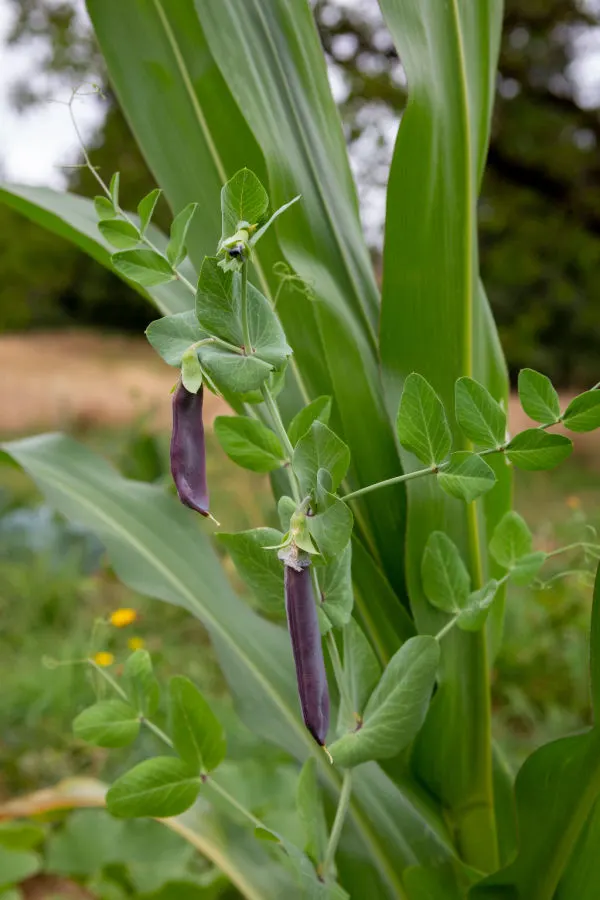
Beans do extremely well when planted with corn. Native Americans used this as part of the “Three Sister” planting method, planting corn, beans and squash together.
It works like this: The corn stalks support the bean vines. Meanwhile, the beans help to fix nitrogen in the soil for the corn. And the prickly squash vines growing below help keep out racoon and other pests.
Cucumbers and zucchini likewise are excellent crops to grow with beans and corn. Other crops that will do well near beans are potatoes, broccoli, pumpkins and gourds. When growing beans, two crops to avoid are garlic and onion.
Unfortunately, these two crops actually stunt the growth of the beans and can severely limit the harvest. For more on the 3 Sisters Planting Scheme, check out 3 Sisters Companion Planting – The Ultimate Garden Planting Combination!
Garlic and Onions – Using Companion Planting In The Garden
Not only do garlic and onions go well with peppers and tomatoes in the kitchen, they also grow well in the garden together! Plant onions and garlic near or with tomatoes, peppers, cabbage, carrots, lettuce and basil.
As for what to avoid planting near both – keep away from beans, peas, and strawberries.
Annual Flowers – Using Companion Planting In The Garden
There are many annual flowers that can be of incredible help when it comes to repelling pests. At the top of the list as mentioned above are marigolds. But others such as alyssum, zinnias and nasturtiums all work wonders too!
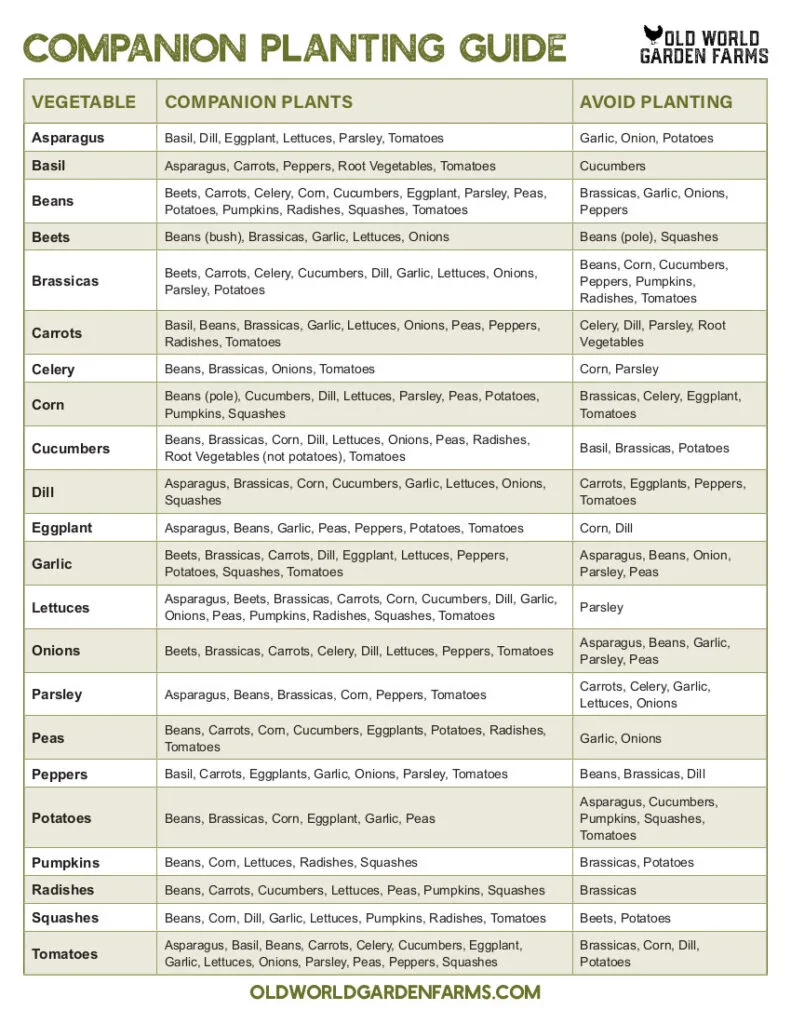
Marigolds can help protect against an entire cast of vegetable garden pests. That includes aphids, nematodes, tomato hornworms, squash bugs and even cabbage worms. Even better, they help to keep rabbits, deer and squirrels at a distance too with their strong scent.
Zinnias attract an amazing amount of beneficial insects with their big, beautiful blooms. Nasturtiums bring in pollinators with their blooms as well, but also emit a chemical marker that keeps other garden pests away. And alyssum? Well, it is a wonderful trap crop for the cabbage worm moth – keeping them far away from your cabbage crop!
Here is to trying out companion planting in your garden this year. And, to growing your best garden ever! Happy Gardening – Jim and Mary
Jim and Mary Competti have been writing gardening, DIY and recipe articles and books for over 15 years from their 46 acre Ohio farm. The two are frequent speakers on all things gardening and love to travel in their spare time.
As always, feel free to email us at thefarm@owgarden.com with comments, questions, or to simply say hello! You can sign up for our free email list in the subscribe now box in the middle of this article. Follow us on Facebook here : OWG Facebook. This article may contain affiliate links.

